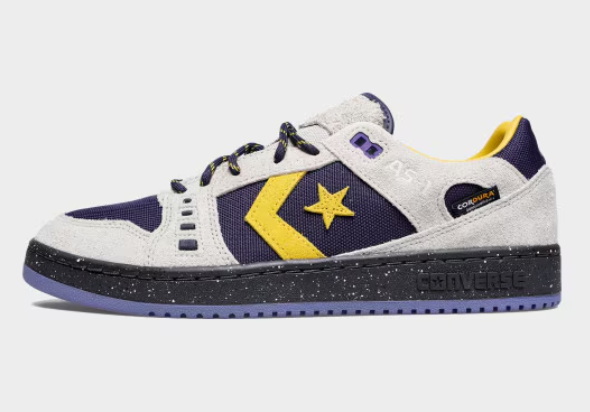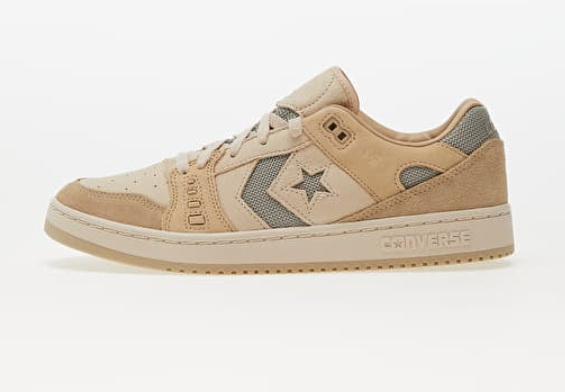Content Menu
● Differences in Shoe Widths
>> Men's vs. Women's Shoe Widths
>>> Why the Difference?
>> Impact on Shoe Selection
● Other Differences Beyond Width
● Gender-Neutral Shoes
● Choosing the Right Shoe
● The Role of Technology in Shoe Fitting
● Cultural and Fashion Trends
● Health Implications of Poor Fit
● Customization Options
● Sustainable Footwear
● The Future of Shoe Design
● Consumer Behavior and Preferences
● Marketing Strategies
● Conclusion
● FAQs
>> 1. What is the standard width for men's and women's shoes?
>> 2. Why do men's shoes tend to be wider than women's?
>> 3. Can I wear shoes from the opposite gender if my feet don't fit standard sizes?
>> 4. Are there other differences between men's and women's shoes beyond width?
>> 5. What about gender-neutral shoes? Are they suitable for everyone?
When it comes to footwear, one of the most common questions is whether men's shoes are wider than women's. This difference in width is not just about aesthetics; it affects the comfort and fit of the shoe. In this article, we will explore the differences in shoe widths between men and women, discuss why these differences exist, and provide insights into how these variations impact shoe selection.

Differences in Shoe Widths
Men's vs. Women's Shoe Widths
Men's shoes typically have a standard width of "D," while women's shoes usually have a standard width of "B". This means that men's shoes are generally wider than women's shoes. However, it's important to note that these are general standards, and variations exist across different brands and models.
Why the Difference?
The primary reason for this difference is anatomical. Men generally have wider feet due to their larger bone structure compared to women. However, this does not mean that all men have wide feet or all women have narrow feet. Individual variations are significant, and some men may have narrower feet, while some women may have wider feet.
Impact on Shoe Selection
For individuals with foot shapes that don't fit the standard, trying shoes from the opposite gender can be beneficial. For example, a man with narrow feet might find a better fit in women's shoes, which are narrower, while a woman with wide feet might prefer men's shoes for their extra width.
Other Differences Beyond Width
While width is a significant factor, it's not the only difference between men's and women's shoes. Other aspects include:
- Heel and Forefoot Shape: Women's shoes often have a narrower heel and a wider forefoot to accommodate the typical female foot shape.
- Cushioning and Support: Some brands adjust the cushioning and support features based on gender-specific needs. For instance, women's shoes might have more cushioning in the heel to support the narrower heel shape.
- Drop Height: The drop height, which is the difference between the heel and toe height, can also vary. Some women's shoes have a slightly higher drop to accommodate the typical female stride.
Gender-Neutral Shoes
In recent years, there has been a trend towards gender-neutral shoes, which are designed to fit both men and women. However, these shoes often follow men's sizing and width standards, making them less suitable for those who prefer narrower widths.
Choosing the Right Shoe
When selecting shoes, it's crucial to consider both width and length. Here are some tips:
1. Get Professionally Measured: Ensure your foot is measured accurately to determine the best width and length for your shoes.
2. Try Before You Buy: Always try on shoes before purchasing to ensure a comfortable fit.
3. Consider Cross-Gender Options: If you have narrow or wide feet, consider trying shoes from the opposite gender.

The Role of Technology in Shoe Fitting
Advancements in technology have also impacted how shoes are designed and fitted. Some brands now use 3D scanning to create custom-fit shoes that cater to individual foot shapes. This technology can help bridge the gap between standard sizes and individual needs, providing a more comfortable fit for everyone.
Cultural and Fashion Trends
Fashion trends also play a significant role in shoe design. In some cultures, wider or narrower shoes are preferred for aesthetic reasons. For instance, some fashion trends emphasize narrow, sleek designs, while others celebrate bold, wide styles. These trends can influence how shoes are designed and marketed, sometimes blurring the lines between traditional gender-specific styles.
Health Implications of Poor Fit
Wearing shoes that don't fit well can have serious health implications. Poorly fitted shoes can lead to discomfort, pain, and even long-term issues like bunions or plantar fasciitis. Therefore, it's essential to prioritize fit over style or brand loyalty when choosing shoes.
Customization Options
With the rise of customization, some brands offer bespoke shoe services where customers can design their shoes according to their specific needs and preferences. This includes choosing the width, material, and even the color of the shoe. While these services are often more expensive, they provide an ideal solution for those who struggle with standard sizes.
Sustainable Footwear
In addition to fit and comfort, sustainability is becoming increasingly important in the footwear industry. Many consumers are now looking for eco-friendly materials and production methods. Brands that offer sustainable options often focus on durability and comfort, which can align well with the need for well-fitting shoes.
The Future of Shoe Design
As technology continues to evolve, we can expect to see more innovative approaches to shoe design. From 3D-printed shoes to shoes made from recycled materials, the future of footwear is likely to be more personalized and environmentally conscious. This could lead to a reduction in waste and an increase in customer satisfaction, as shoes are tailored more closely to individual needs.
Consumer Behavior and Preferences
Consumer behavior plays a crucial role in shaping the footwear market. Consumers are increasingly demanding more comfort, sustainability, and customization in their shoes. This shift in consumer preferences is driving brands to innovate and adapt their products to meet these new expectations.
Marketing Strategies
Marketing strategies also influence how shoes are perceived and purchased. Brands often use gender-specific marketing to target their products, but there is a growing trend towards more inclusive marketing that transcends traditional gender boundaries. This shift reflects changing societal attitudes towards gender and fashion.
Conclusion
In conclusion, men's shoes are generally wider than women's shoes due to anatomical differences. However, individual variations are significant, and some people may find better fits in shoes designed for the opposite gender. Understanding these differences can help you choose the most comfortable and supportive shoes for your feet.

FAQs
1. What is the standard width for men's and women's shoes?
Men's shoes typically have a standard width of "D," while women's shoes usually have a standard width of "B".
2. Why do men's shoes tend to be wider than women's?
Men's shoes are generally wider because men typically have larger bone structures and wider feet compared to women.
3. Can I wear shoes from the opposite gender if my feet don't fit standard sizes?
Yes, if you have narrow or wide feet, trying shoes from the opposite gender can provide a better fit. For example, men with narrow feet might prefer women's shoes, while women with wide feet might prefer men's shoes.
4. Are there other differences between men's and women's shoes beyond width?
Yes, other differences include heel and forefoot shape, cushioning, and sometimes drop height. Women's shoes often have a narrower heel and wider forefoot, and may have more cushioning in the heel.
5. What about gender-neutral shoes? Are they suitable for everyone?
Gender-neutral shoes often follow men's sizing and width standards, making them less suitable for those who prefer narrower widths. However, they can be a good option for those who prefer a unisex style or fit.

















